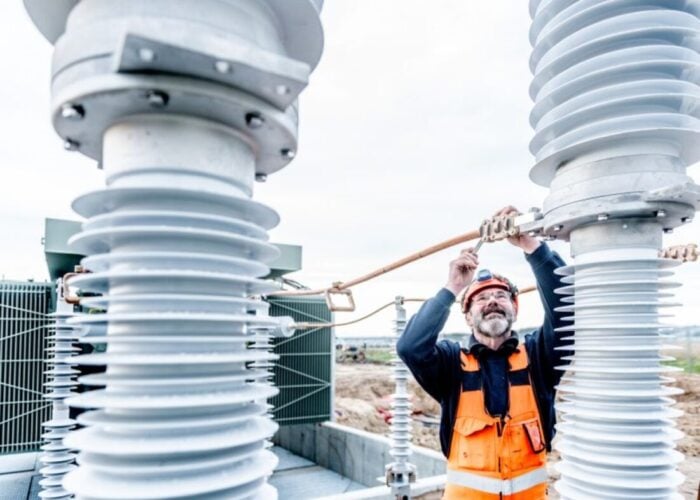All countries putting forward a “credible” emissions target is critical to help drive a major increase in global solar installations and keep long-term average global temperatures below 2°C, it has been announced at the launch of new International Energy Agency (IEA) report in London on Monday.
IEA chief economist Fatih Birol said it is very important to provide certainty for investors in new technologies such as solar.
Unlock unlimited access for 12 whole months of distinctive global analysis
Photovoltaics International is now included.
- Regular insight and analysis of the industry’s biggest developments
- In-depth interviews with the industry’s leading figures
- Unlimited digital access to the PV Tech Power journal catalogue
- Unlimited digital access to the Photovoltaics International journal catalogue
- Access to more than 1,000 technical papers
- Discounts on Solar Media’s portfolio of events, in-person and virtual
He added: “The recent [developments] in solar needs to continue and this can happen if there is a credible emission target put forward by all countries in the world.”
Birol also suggested five-year revisions of emissions pledges from countries worldwide due to the possibility of current technologies becoming cheaper over time, referring specifically to solar technologies. This would also send the right signal to investors, he said.
IEA’s latest 'World Energy Outlook Special Reprot, Energy and Climate Change' report found that renewable energy investment was flat at US$270 billion in 2014 with 128GW installed. Solar accounted for almost a third of investment.
Due to the intermittency of solar energy production, the study stated: “There will still be a need for the rest of the power system to be able to provide larger and more rapid increases and decreases in output in order to accommodate increasing amounts of variable renewables-based generation.”
The report found that countries accounting for two-thirds of global energy-related emissions have either formally submitted their climate pledges for COP21 or have signalled their possible content, such as China. These pledges are known as Intended Nationally Determined Contributions (INDCs).
An IEA assessment of the INDCs showed that the growth in global energy-related emissions slows but does not peak by 2030 under these targets.
Therefore the organisation has proposed four global measures to make the 21st UN Conference of the Parties (COP21) in Paris in December 2015 as effective as possible, bearing in mind that the energy sector accounts for two thirds of global GHG emissions.”
- Set conditions to achieve an early peak in energy-related emissions
- Review national climate targets every five years
- Lock in long-term emissions goals
- Track achievements in the energy sector.
IEA representatives said that reaching a peak in global energy-related emissions is the most important step. The report found that this could be achieved as early as 2020 at no net economic cost if five key measures are put in place:
- Increase energy efficiency in industry, buildings and transport sectors
- Reduce use of least-efficient coal-fired power plants and ban their construction
- Increase investment in renewable energy technologies in the power sector from $270 billion in 2014 to US$400 billion in 2030
- Gradually phase out of fossil-fuel subsidies to end-users by 2030
- Reduce methane emissions in oil and gas production
Birol added that if the emissions pledges are effective, a quarter of the world’s energy supply will come from clean energy by 2030. Furthermore, in the 15 years running up to 2030, renewables will account for 60% of new capacity additions, mainly driven by China, the US, the EU and India.
In that period natural gas is expected to be the only fossil fuel to see consumption grow, with coal demand down 45%, Birol said.
Commenting on the report, Catherine Mitchell, professor of energy policy at the University of Exeter, said: “The decoupling of greenhouse gas emissions from global economic growth is starting to become evident, as countries adopt progressively greener and more efficient economies.”







